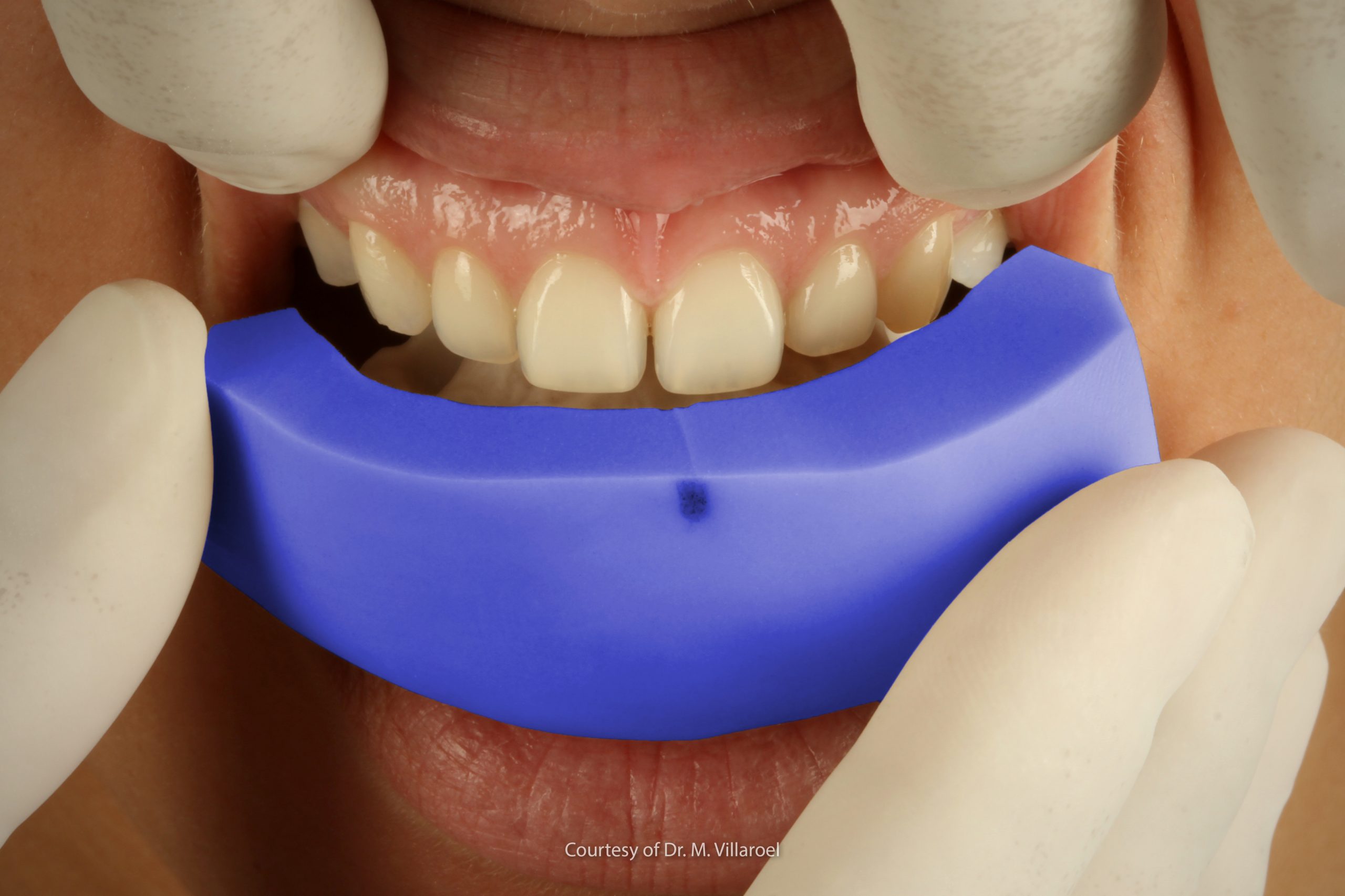
Now that people are increasingly aware of everything that can and cannot be done to improve the appearance of their smile, it is up to orthodontist to manage to interpret the wishes of their patients and make them come true, from a functional and morphological perspective. This kind of patient is often highly motivated, but also very demanding.
It is therefore especially important to provide comprehensive and accurate information before treatment and provide comfort also during the lead-up to the actual treatment itself. All this can be accomplished by making a mock-up that works as a diagnostic and ad interim rehabilitation mock-up.
The main objective is nevertheless to create a mock-up that guarantees integrity especially in terms of contouring and which possibly minimises the need for modifications before temporary cementation. This instrument is essential for the clinical worker and also for the patient, since – when it is well made – it constitutes the model used as a basis for the creation of the perfect final veneer.
Most used instruments
This instrument is essential for the clinical worker and also for the patient, since – when it is well made – it constitutes the model used as a basis for the creation of the perfect final veneer. The most commonly used material for mock-ups is generally polymethylmethacrylate (PMMA) resin, but laboratories also use polyethylene and polyvinyilmethacrylate, a bis-acryl and urethane methyl acrylate composite resin.
Resins capable of self- and light-curing are also particularly useful in aesthetic rehabilitations. This latter material can prove especially useful in the creation of a direct mock-up directly from the chair.
Realisation of a direct mock-up
This kind of aesthetic rehabilitation mock-up can be made by the laboratory, or directly on the chair using the impression of the diagnostic wax-up, a situation that it aims to replicate at the end of the treatment, in both cases allowing the patient to assess what the end result will be and request any modifications before the case is finalised.
In the case of a direct mock-up, a simplified protocol may envisage:
- silicone impression of the diagnostic wax-up
- insertion of self- and light-curing resin in the impression taken
- fitting in the mouth on the elements
- removal of any excess
- wait for the material to set
- finishing
If both the patient and the clinical worker are satisfied with the pre-viewing of the result, the next step is filing where necessary.
The use of temporary restorations as a temporary phase during rehabilitation with ceramic veneers serves multiple purposes. In situations where the surfaces of the teeth have been altered, temporary restorations protect the prepared surfaces, of elements which are often not devitalised, against external stimuli which could cause troublesome sensitivity and against the direct insult to the oral cavity environment.
Do you want more information on Zhermack Dental products and solutions?
Contact us
 Zhermack SpA has been one of the most important producers and international distributors of alginates, gypsums and silicone compounds for the dental sector for over 40 years. It has also developed solutions for the industrial and wellbeing sectors.
Zhermack SpA - Via Bovazecchino, 100 - 45021 Badia Polesine (RO), Italy.
Zhermack SpA has been one of the most important producers and international distributors of alginates, gypsums and silicone compounds for the dental sector for over 40 years. It has also developed solutions for the industrial and wellbeing sectors.
Zhermack SpA - Via Bovazecchino, 100 - 45021 Badia Polesine (RO), Italy.


